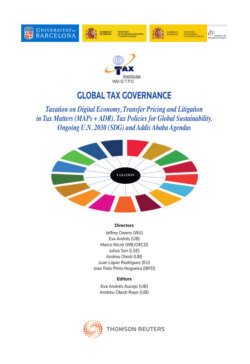Читать книгу Global Tax Governance. Taxation on Digital Economy, Transfer Pricing and Litigation in Tax Matters (MAPs + ADR) Policies for Global Sustainability. Ongoing U.N. 2030 (SDG) and Addis Ababa Agendas - Jeffrey Owens - Страница 27
На сайте Литреса книга снята с продажи.
DIGITIZED FRAUD
ОглавлениеMuch as some believe pornography drove early internet technology,32 fraud may now be the driving force behind tax technology.33 Refund claims via identity theft in income tax and elsewhere, missing trader fraud in VAT, and transaction suppression in sales tax all represent significant losses for governments. Some of the most common observed digitized fraud activity emanates from fictitious invoices/receipts, identity fraud and sales suppression34:
• Fictitious invoices/receipts can be used to inflate deductible costs or reduce taxable revenue. Significant use in money laundering is also noted. Fictitious invoices/receipts can be bulk purchased online, revealing a cottage industry of fraud enablement.
• Identity fraud is becoming more common as personal information is available online via hacks and individual phishing, resulting in bulk identity data available in dark web markets. Fraudulent refund claims and missing trader fraud, amongst others, result.
• Sales suppression, where valid transactions are not recorded in the sales register, has moved beyond cash and into suppression of electronic payments through software that integrates with POS systems to effectively keep a second sets of books.35
While these are some of the most prevalent current fraud techniques, criminals are always looking for ways to game the tax system. The above vectors of attack are not new, but the availability of digital technologies and fast-moving digitally accessible markets and business models has served to supercharge the pace at which these and new innovative schemes can be designed and deployed. As an example, this heightened pace is evident in a CO2 credit fraud which yielded over 40 million euros in only a few months in 2012:
During the 69 days of trading, the total turnover was 276 million euros, of which 41 million euros was due in VAT. The trades were made in a matter of minutes via a computer system, and the stolen VAT was transferred to offshore bank accounts in the United Arab Emirates to ‘clean’ the stolen cash which the gang then spent.36
